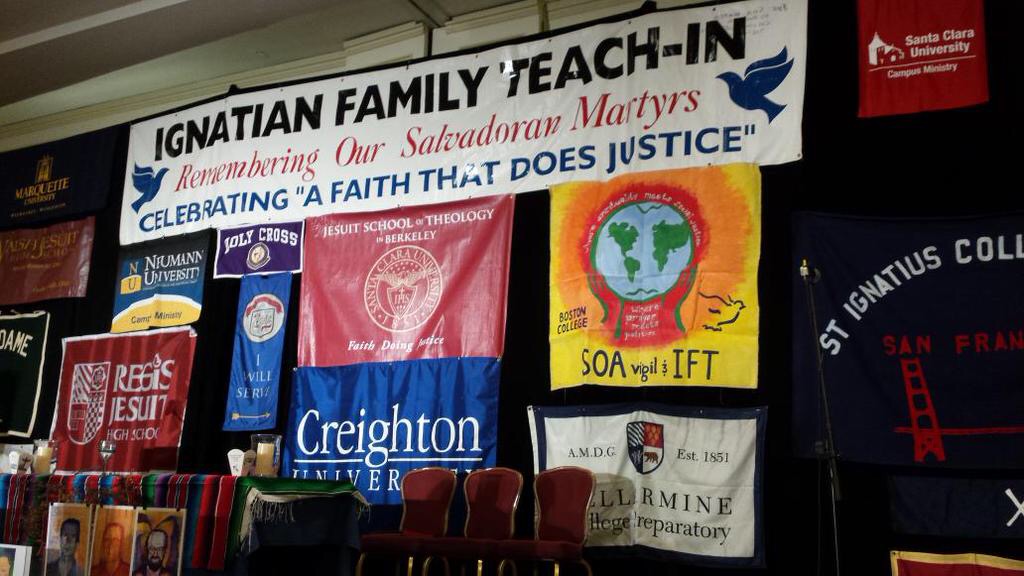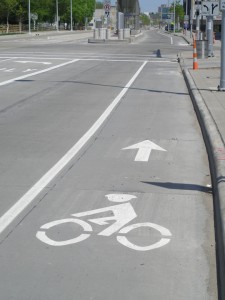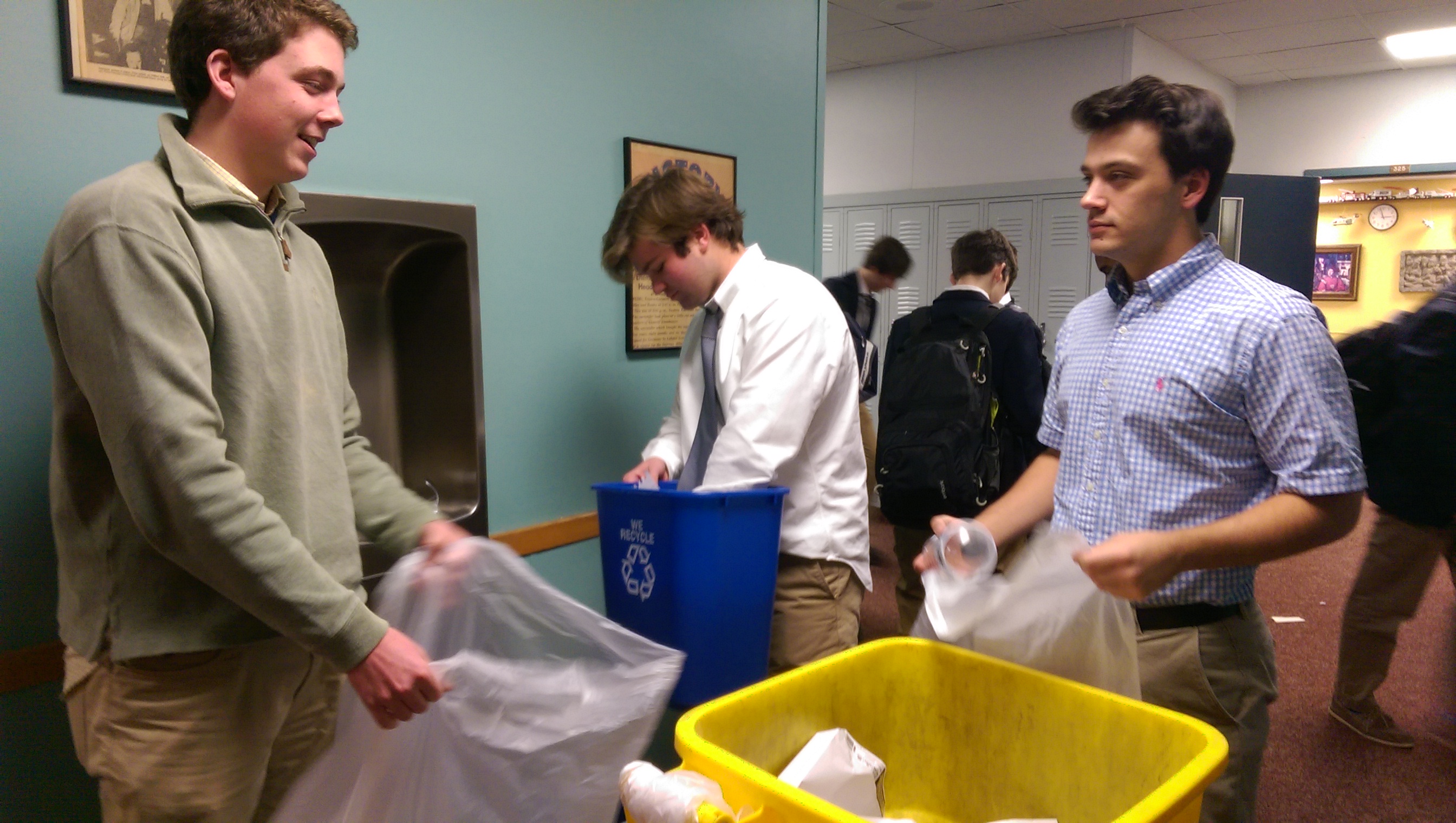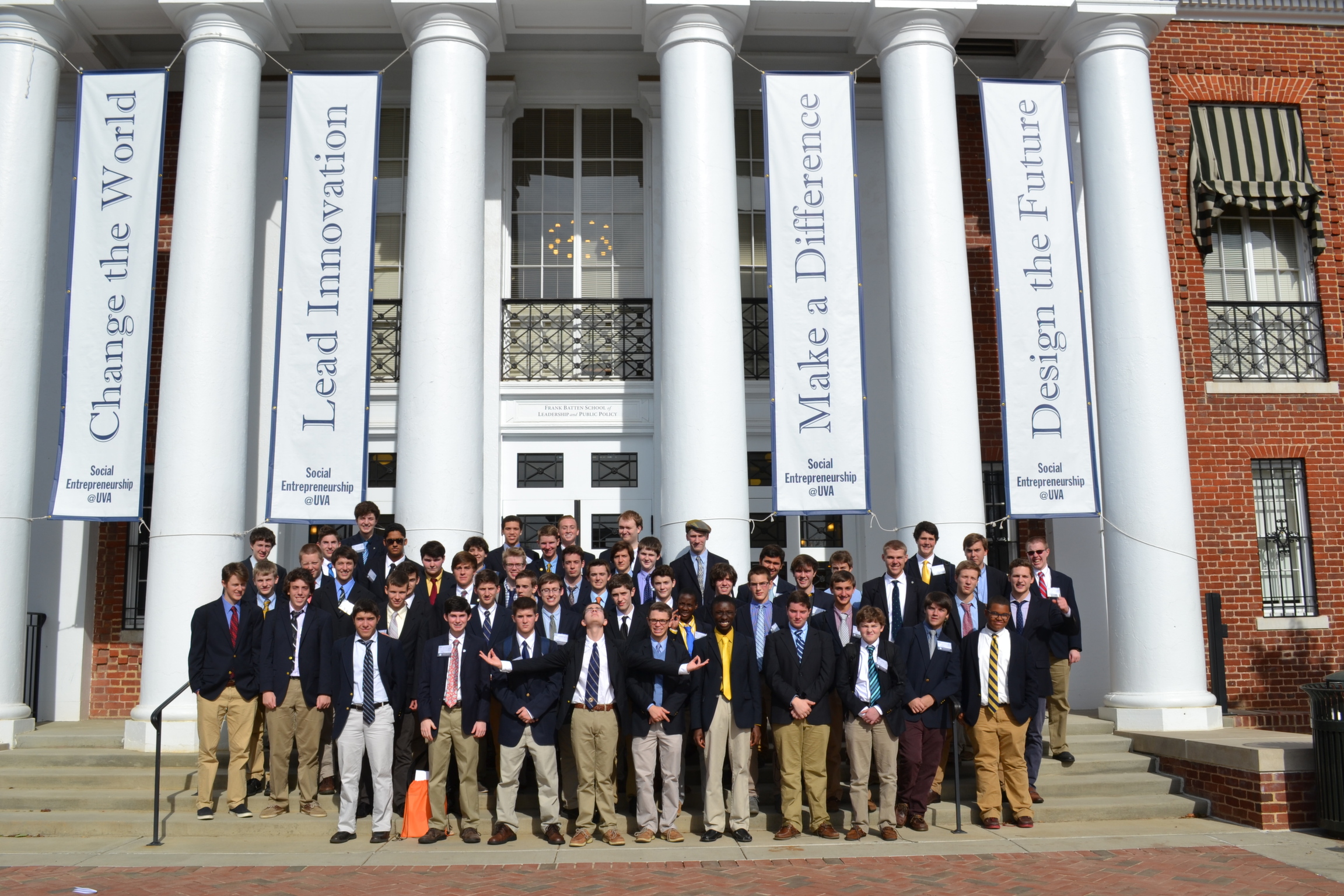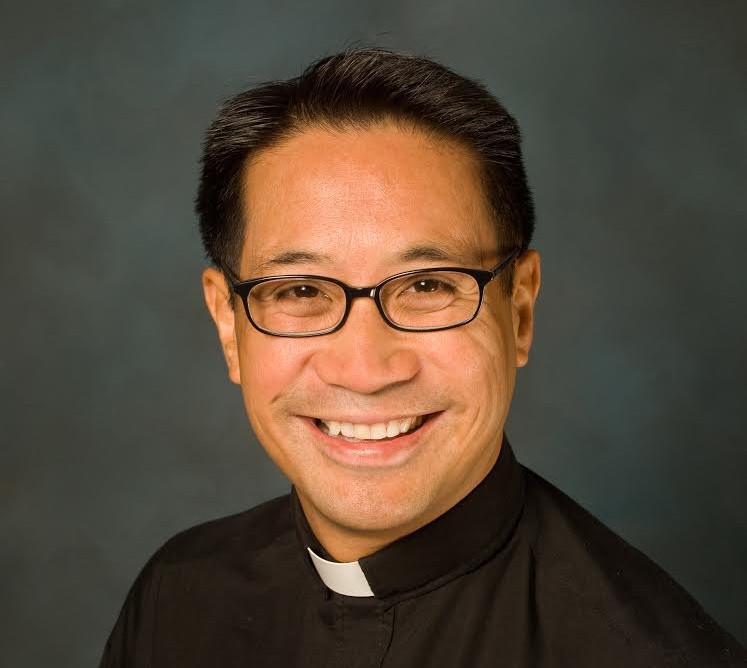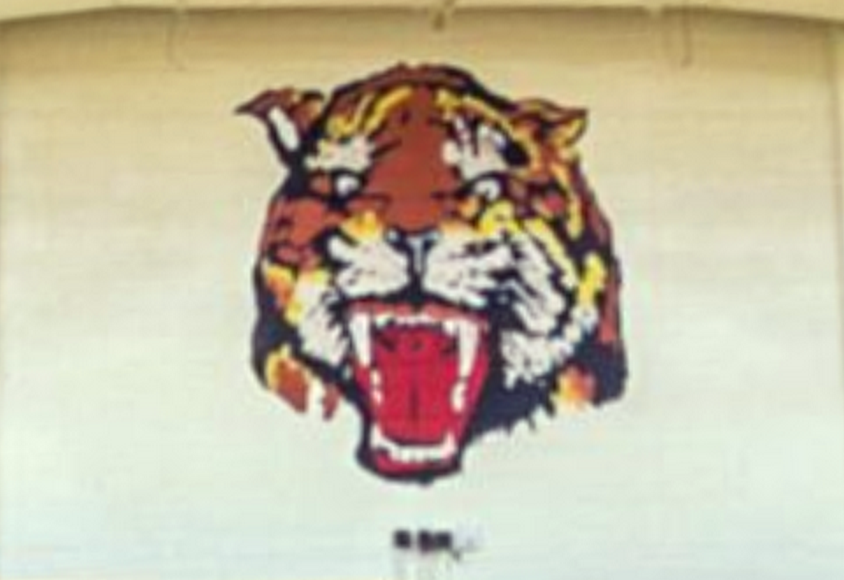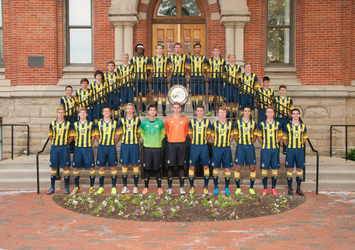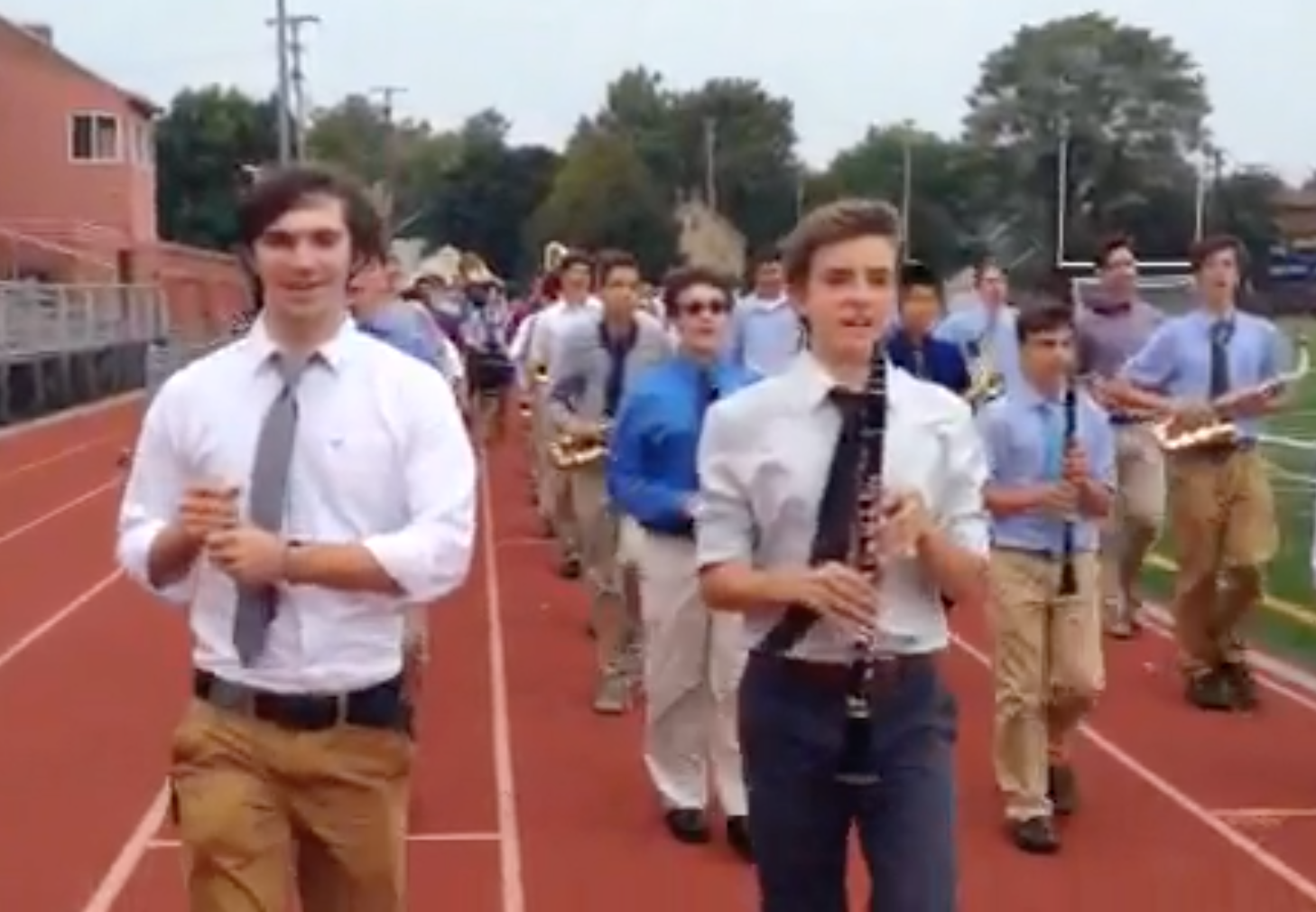by Kevin Deegan ‘16
Fifty-three Saint Ignatius student-delegates from the Junior Council on World Affairs club departed for the University of Virginia on November 6 for the thirty-fourth annual Virginia Model United Nations conference.
The second year participating in the esteemed conference, the “Diplocats” engaged in debate with fellow delegates while solving past, present, and future issues from all corners of the world. The conference, held November 7 to 9, entertained schools from all over the United States.
But this isn’t just a show-up-and-debate kind of club. JCWA requires months of research culminating in the (hopefully) perfect position paper. Delegates know their topics inside and out before stepping on the bus to head to the conference. Research is done, papers are written and graded, some tears are shed, and the final products are at last sent off to the whatever university is holding the conference. Furthermore, the students practice parliamentary procedure and speaking techniques and review proper format for resolution papers, also known as working papers, and other rules of the conference.
At UVA conference, once Mr. Arko and Mr. Peter Corrigan ‘69 had finished registering the group, the students were given the chance to tour the campus or participate in either delegate workshops run by the university’s professors and students. Talks’ topics varied from the importance of civic engagement to about the Russian-Ukrainian crisis. Other workshops trained inexperienced delegates by introducing them to parliamentary procedure, which is the rules by which a conference is run.
“The workshops were interesting and helpful. The talks by the professors were somewhat like college lectures.” said Bryan Fuerst ‘15.
After the opening ceremonies and a dinner break, delegates entered the first committee session. This is where Model United Nations actually occurs. Twenty-four different committees were available, all of which had at least one Ignatius student in them. Committees ranged in chronological and geographic focus from a simulation of the Roman Senate in 63 BC to the Russian Security Council in 2015.
“I personally enjoyed my committee. It was interesting to hear the ideas of the other delegates and to see which resolutions would be passed.” commented Ryan Spolar ‘15 on his experience in the African Union committee. Delegates worked together for a total of eleven hours over three days.
Finally on Sunday, the closing ceremonies occurred. The Saint Ignatius team came in with an energetic atmosphere around them.
However, the competition was challenging, with only two students, Kellen Dugan ‘15 and John Selby ‘15, winning recognition for their superior work in committee.
Selby reflected: “JCWA is a very important club to me. It has helped me to develop valuable skills such as communicating better with others. But the club is more than diplomacy. I love all the guys in it, and because of this I have made some great friends.
VAMUN was an amazing conference. The competition was strong, and my Press Corps committee was by far the most intense committee I have ever been in. Winning Best Delegate was an incredible feeling. All the hard work paid off, and hearing the Ignatius guys explode when they called my name was a very special moment to me.”
The loss was a blow to the Saint Ignatius team; however, the Diplocats walked out with their heads held high at this challenging conference. “Even though the result wasn’t what we expected, it was nice spend-
ing time with my fellow sweet boys.” commented Gennaro Olivo ‘15.
JCWA is the favorite extracurricular of its members and for good reasons. Although it may seem boring, to the Diplocats it is far from that. Students enjoy everything about Model United Nations. One of the best parts is that students get to experience a college campus for three days.
“The university was beautiful and the architecture was amazing. The history around the university with its being founded by Thomas Jefferson was great to experience,” stated Gabe Mielke ‘16.
Students also enjoy the freedom and fun that are had at these conferences. Students eat at many different local restaurants, spend time hanging out or playing frisbee on college green spaces, and even attend the exceptional and prestigious Delegate Dance on Saturday night. “The conference was well-run and I really enjoyed participating in it.” said Jack Seeley ‘16.
But the club is even more than just fun. “In all, JCWA is one of the most well-liked clubs at Ignatius. I encourage all students from all years to give JCWA a try.” said Brian Messina ‘16, one of the leaders of the club. The Diplocats meet every Tuesday after school at 3:00 in room 419, for those interested.
The club has already begun preparing for the next conference at Michigan State University from January 30 until February 1.
Each student is ready to make even more of an impact at this conference. The team should do much better since they are dedicated to putting in more preparation time.
“I personally believe that we will win at MSU because of our strong veteran delegates and our promising underclassman.” stated David Rossman ‘16. The Diplocats are prepared to win and get back the national ranking they had held over the summer.


